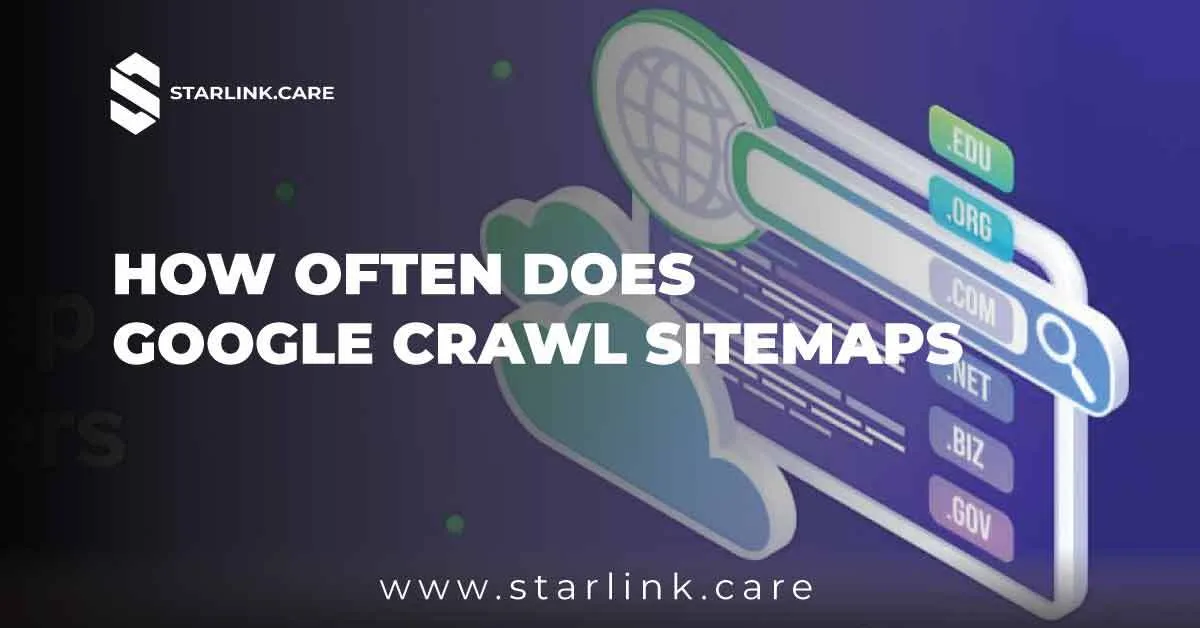
How Often Does Google Crawl Sitemaps?
For anyone running a website, ensuring Google crawls and indexes your content is crucial for visibility. But how often does Google crawl sitemaps, and what can you do to improve this process? In this article, we’ll explore the relationship between Google and sitemaps, providing clear insights into how frequently the search engine visits your site.
What is a Sitemap?
Before diving into the crawl frequency, let’s first clarify what a sitemap is. A sitemap is a file that lists all the important URLs of your website, helping search engines like Google understand how your site is structured. Think of it like a map or a guidebook that helps Googlebot (Google’s crawler) navigate your website more efficiently.
A sitemap not only makes it easier for search engines to crawl your site but also tells Google when your site has new or updated content. But how often does Google revisit this sitemap?
How Often Does Google Crawl Your Sitemap?
There’s no one-size-fits-all answer to this question. The frequency with which Google crawls your sitemap can vary based on several factors. However, here’s what you need to know:
1. Content Freshness
If your site has frequently updated content, Google is more likely to crawl it often. Fresh content is a key indicator that your website is active, and Googlebot loves fresh content. Think of websites like news portals or blogs, which update content regularly—Google tends to crawl these sites more frequently.
Example:
Imagine you run a blog about tech news. Each time you publish a new post, you should update your sitemap. Google will detect these updates and might crawl your site sooner to index this new content.
2. Website Authority
The authority and credibility of your website also play a role in how often Google crawls your sitemap. If your website has a good reputation, meaning it gets a lot of traffic and has high-quality backlinks, Google will prioritize crawling it more often. On the other hand, newer or less popular websites might experience less frequent crawls.
3. Crawl Budget
Google allocates a crawl budget for each website, which determines how much time and resources the crawler spends on your site. Large websites with thousands of pages will be crawled differently from small, simpler sites.
Improving Crawl Budget:
- Update your content regularly: This signals Google to crawl more frequently.
- Fix broken links: Too many broken links can waste your crawl budget, reducing the efficiency of crawling.
- Speed up your website: Faster websites generally receive more frequent crawls.
4. Submitting Sitemaps Manually
Though Google automatically crawls websites, you can submit your sitemap manually using Google Search Console. This gives Google a nudge to revisit your sitemap, especially if you’ve made significant updates.
Step-by-Step Guide:
- Create your sitemap using tools like Yoast SEO for WordPress or Screaming Frog.
- Log into Google Search Console.
- Navigate to the “Sitemaps” section.
- Submit your sitemap URL.
- Google will now prioritize crawling your sitemap.
5. How Long Does it Take for Google to Crawl?
After submitting a sitemap, it may take anywhere from a few hours to several days for Google to crawl your site. Larger, authoritative websites may get crawled within hours, while smaller or newer websites may take longer. Google decides the crawl frequency based on the factors we’ve discussed—freshness, authority, and crawl budget.
Can You Control How Often Google Crawls Your Sitemap?
While you can’t directly control the exact timing, there are several ways to influence how often Google crawls your sitemap:
1. Keep Content Fresh and Relevant
Updating your site regularly tells Googlebot that there is something new to crawl. Even if you don’t publish daily, refreshing older content or adding new internal links can make a big difference.
2. Optimize Site Performance
A faster site with fewer errors will be crawled more efficiently. Use tools like Google PageSpeed Insights to ensure your site loads quickly.
3. Submit Your Sitemap After Major Updates
If you launch a new section of your site or publish several new blog posts, consider resubmitting your sitemap in Google Search Console. This can encourage Google to crawl your site sooner.
Why It Matters How Often Google Crawls
Understanding how often Google crawls your sitemap is important because it directly impacts how quickly your new content will appear in search results. Imagine running a holiday promotion on your e-commerce site. If Google doesn’t crawl your site in time, potential customers may miss out on finding your special offer.
For instance, one business owner I spoke with launched a new product line, but sales didn’t pick up initially. After investigating, they realized Google hadn’t crawled their new pages. By submitting their sitemap manually, their content was indexed quickly, leading to an immediate boost in visibility and sales.
Conclusion
So, how often does Google crawl sitemaps? It depends on factors like your site’s content freshness, authority, and crawl budget. While you can’t set an exact schedule, by keeping your content updated, optimizing your site’s performance, and manually submitting your sitemap after major updates, you can improve your chances of getting crawled more frequently.
Remember, regular crawls are key to keeping your content visible and relevant in search engine rankings. So, if you’re running a website, investing time in managing your sitemap and optimizing for frequent crawls is a step in the right direction.
Hyperlinks:







